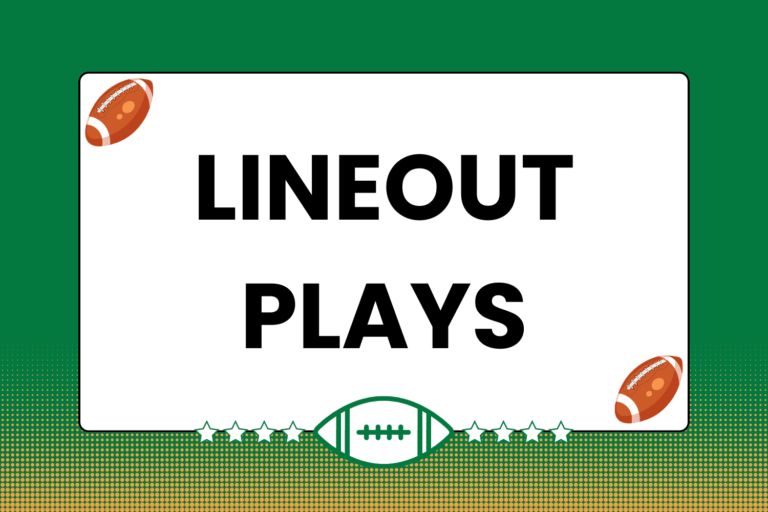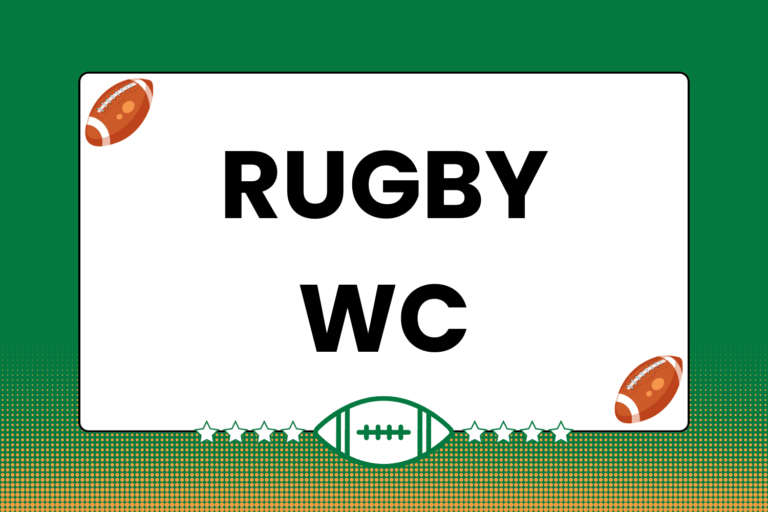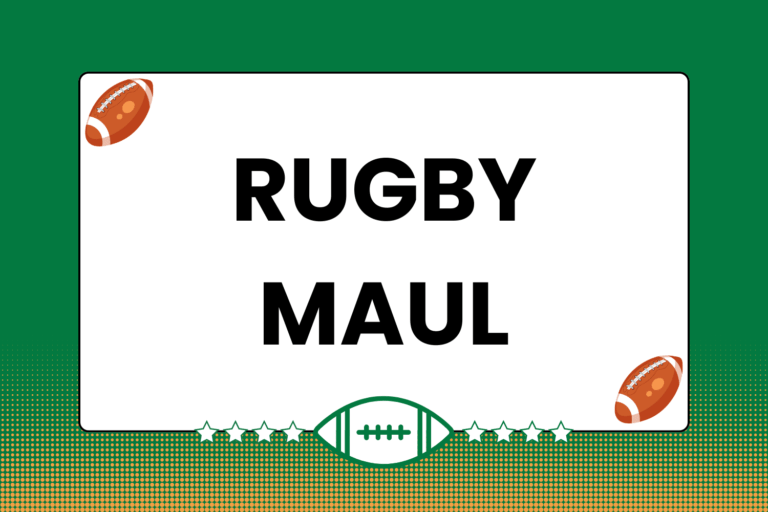Making a ball curve midflight after it’s been place kicked is one of rubgy’s most specialized skills. Whether a penalty has been awarded near the touchline, or one of the teams scores a try, place kicks require a very precise technique — especially when attempted from an extreme angle. This guide explains how to perform a curving place kick.
Positioning the Ball
With a normal place kick, the ball is positioned so that one point is tucked directly into the tee, and the other point is aimed at the uprights. This position allows the kicker to connect with the ball’s “sweet spot” — about 1/3 of the way up from the bottom point, right in the middle of the ball along its long axis. Making contact with the sweet spot leads to the most accurate kick.
However, when kicking from an extreme angle, the kicker will aim for a different spot on the ball in order to send it through the uprights:
- The exact spot depends on the location of the kick and the kicker’s preferred foot, but one detail remains constant in these situations: The kicker will aim for a spot on one of the ball’s ends, rather than the normal sweet spot.
- Rather than placing one end of the ball firmly in the kicking tee, the kicker positions the ball in such a way that one of the ball’s points will hang over the back end. The other point will still be aimed at the uprights, just like it would for a normal kick.
- As a result of this placement, the ball will be angled lower in the tee than normal — usually a 55- to 65-degree angle, rather than the normal 70- to 80-degree angle.
Much like with positioning the ball for a normal kick, the exact placement of the ball will vary according to each player’s individual preferences. Small variations aside, the ball will be positioned in the manner outlined above.
Making the Kick
For a curved place kick, the kicker sets up just like he would for a normal, head-on kick: Three to five steps behind the ball, and at an angle. The approach will also be very similar, with the kicker advancing on the ball in a curved path and striking the ball with the inside of the kicking foot.
The biggest, and most important, difference is where he makes contact with the ball:
- The kicker should kick the ball on one side of the point. The specific side depends on the direction of the curve: Kicking the ball to the left of the point will result in a curve to the left, and a kick to the right of the point will curve the ball to the right.
- The more curve the kicker attempts to put on the ball, the harder the kick is to control. This is because kicks made from extreme angles require a much higher degree of precision.
Generally speaking, it’s easier for right-footed kickers to curve the ball to the left, and for left-footed kickers to curve the ball to the right. However, a good kicker will be able to make the ball curve both left and right, regardless of which foot is used to kick.
Also, for a kick to count, the ball only has to go over the upright cross bar. Though it doesn’t happen often, in particularly windy games it’s possible for a kicked ball to go over the cross bar, then get blown back into the field of play. So long as the ball makes it over the cross bar first, the kick will count.
Precision Kicking
Executing a solid curved place kick is one of the most difficult accomplishments in rugby. It essentially requires a kick that starts in one direction, and then suddenly makes a significant turn mid-air, as though an invisible hand was pushing it. Though most rugby skills require a good deal of time and training to master, few are as difficult as the ability to curve a place kick.





